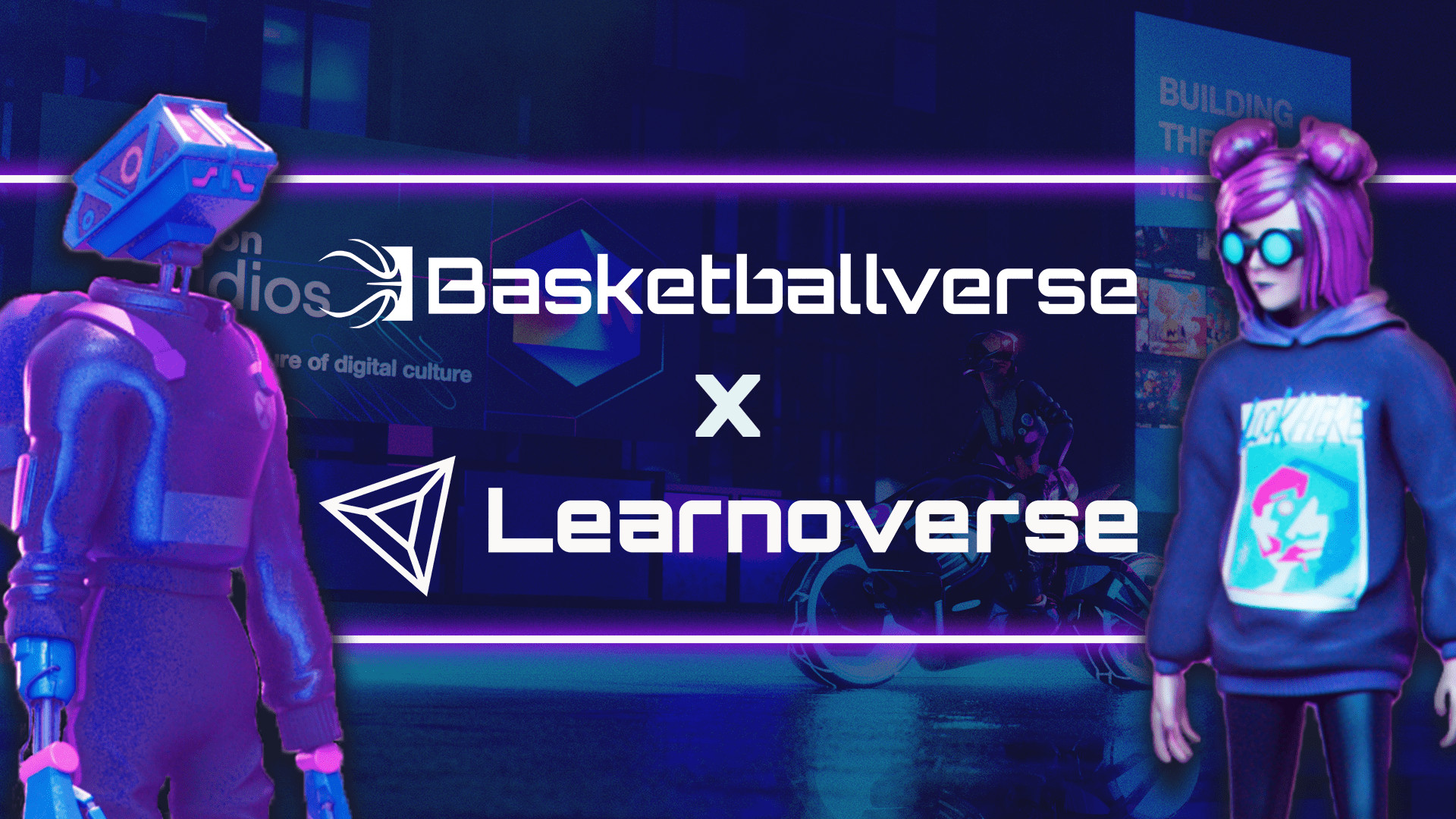What is Extended Reality (XR)?
Extended Reality, or what we call XR for short, is an umbrella term for computer-generated environments. It is either a virtual world that you can immerse yourself in or a combination of both physical and digital worlds.
At its core, XR modifies our interaction with the computer screen interface.
The Ultimate Battle: AR, VR, or MR?
There are three key technologies in XR that work with different principles. These technologies are Virtual Reality (VR), Augmented Reality (AR), and Mixed Reality (MR).
Augmented Reality (AR): You perhaps know at least someone who enjoys Snapchat or Instagram filters. Those filters are perfect examples of Augmented Reality. In more technical terms, AR is an extra layer of digital information projected into reality. It combines the physical world with a computer-generated virtual elements overlay.
Virtual Reality (VR): What’s the most futuristic gadget you can think of? VR headset has been the icon of technology developments and improvements. No wonder why as virtual reality is capable of completely replacing a user’s view, immersing them within a computer-generated virtual environment.
Mixed Reality (MR): Mixed reality sits somewhere between AR and VR, it merges the real and virtual worlds. It allows you to interact with virtual objects and characters that are in the real world — or the opposite. Mixed Reality can be experienced through a smartphone or a wearable AR device. In fact, you might already have been exposed to Mixed Reality through games like Pokémon Go.
How Does Extended Reality Help Learning?
One cannot help but wonder: how does this high technology can make learning more efficient?
Traditional education has almost left its place for online education. And online education has an opportunity to exceed itself as its growth is parallel to the improvements that occur in the digital space. With XR, we can unlock better conditions for learning, as well as an inclusive educational environment that welcomes any learning style or pace.
Interest and Motivation
Every technological development hypes us. In the times when touchpads or smartphones were just emerging, everyone was equally excited and eager to learn more. The same principle applies here since the environment XR provides is not only limited to the physical world. The possibilities for learning are endless.
Personalization
XR platforms can adapt to your environment for a personalized learning experience. Imagine making your wall into a board where you can see all your sticky notes on it. Here, virtual content can interact with your environment. From the technical side, this is a spatial mapping technique that AR platforms used to personalize a specific space.
Visualization
XR can help learners see things that are impossible or difficult to see in the physical world. Imagine being in space in a virtual world, observing aerial objects. Or the opposite, examining microscopic subjects. This leverages learning because you can understand both abstract and concrete concepts easier by visually perceiving all the information.
Active Learning
With XR, you can interact with real-looking objects and environments, which enables you to actively participate in what you are learning, and understand the concepts in and out. XR is useful for technical training and skill building, too. You can train in high-cost, high-risk scenarios like crime scene investigation or medical surgery.
Game-Based Learning
Gaming is the most general application of extended reality. The gaming industry has been adopting XR tools for longer than the surging popularity of the metaverse. By learning through gamified elements, learning activity becomes fun and engaging. This feature removes the painful learning process we all go through in traditional education.
Role-Play
XR allows you to have a sense of your virtual character, as well as its ownership. This perspective shift creates an environment where learners and teachers can role-play which eventually helps them explore social situations and interactions further.
In Summary
Overall, extended reality can help us improve current learning methods to make them more efficient, providing learners with tools they didn’t know they needed, and eventually creating an environment where learning becomes more entertaining and not stagnant.










